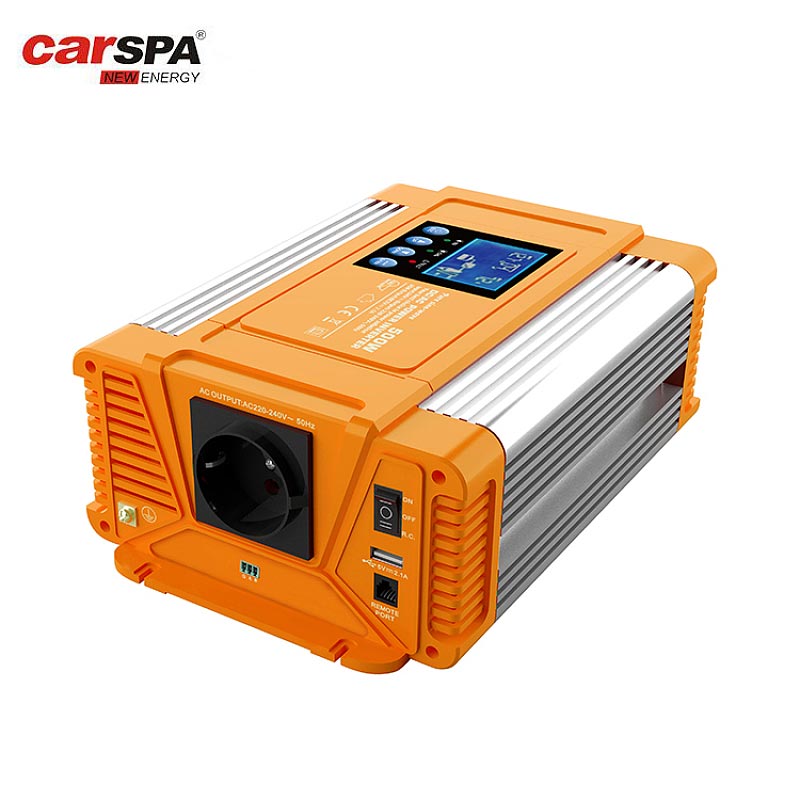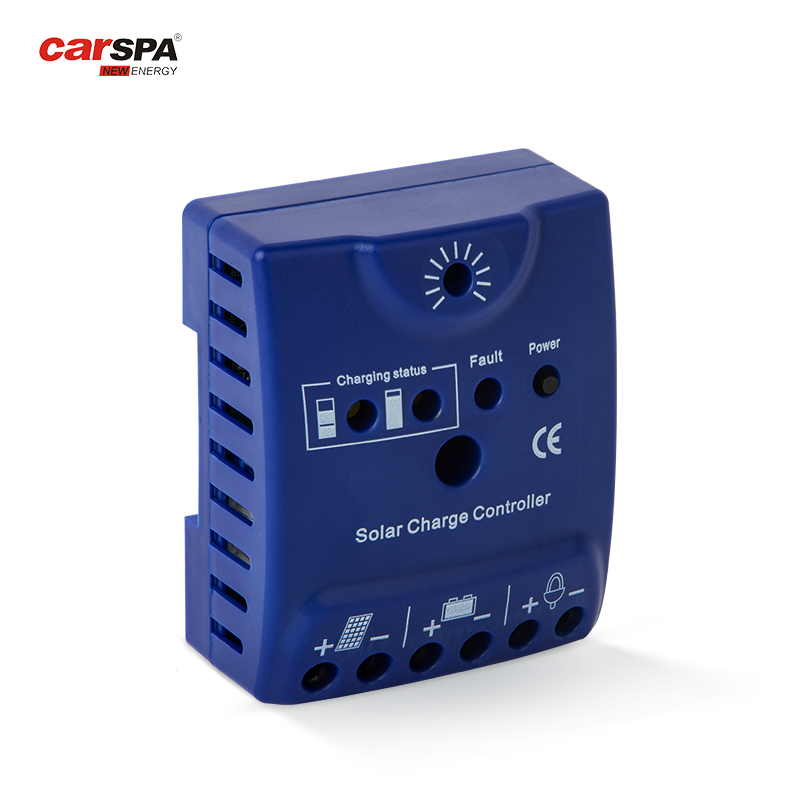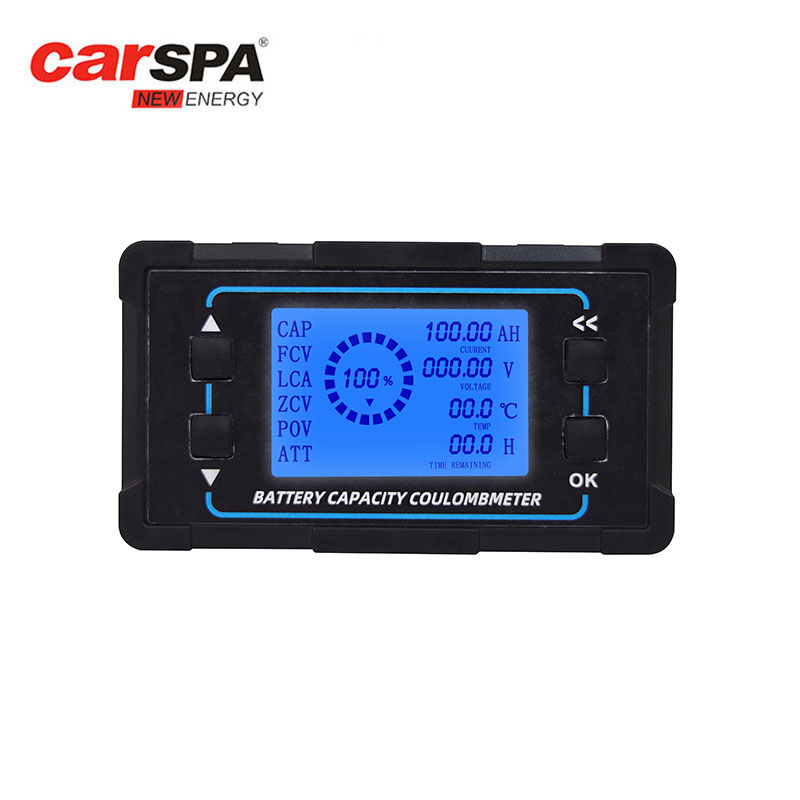Components of a Solar Power System:
Solar Panels: Solar panels are the primary component of a solar power system. They convert sunlight into DC electricity using photovoltaic cells. The number and size of solar panels needed for a system depend on the amount of energy required.
Mounting System: The mounting system is used to fix solar panels to the roof or ground. It should be sturdy enough to withstand harsh weather conditions and ensure the optimal orientation of panels to the sun.
Inverter: The inverter converts DC electricity generated by solar panels into AC electricity, which can be used to power appliances and devices. Inverters are available in different sizes, and the selection depends on the total wattage of the system.
Solar Charge Controller: The solar charge controller regulates the amount of electricity that flows between the solar panels and the batteries. It prevents overcharging and extends the life of batteries.
Batteries: Batteries store excess electricity generated by the solar panels for later use. They are typically deep-cycle batteries, which can be discharged and recharged multiple times without damage.
Wiring and Connectors: Proper wiring and connectors are essential to ensure safe and efficient energy transfer between the components of the solar power system.
Role of Inverter in a Solar Power System:
Inverters are crucial components of a solar power system because they convert DC electricity produced by solar panels into AC electricity, which is the form of electricity used by most appliances and devices. Inverters can also monitor the system's performance and communicate with other components. Inverters come in different types, including grid-tied, off-grid, and hybrid inverters. Grid-tied inverters are connected to the power grid and are designed to feed excess electricity back into the grid, while off-grid inverters are used in stand-alone solar power systems.
Role of Solar Charge Controller in a Solar Power System:
Solar charge controllers are used to regulate the flow of electricity between solar panels and batteries. They ensure that the batteries are charged efficiently and prevent overcharging, which can damage the batteries. Solar charge controllers come in two types: PWM (Pulse Width Modulation) and MPPT (Maximum Power Point Tracking). PWM controllers are cheaper and simpler to use, while MPPT controllers are more efficient and can extract more power from the solar panels.




